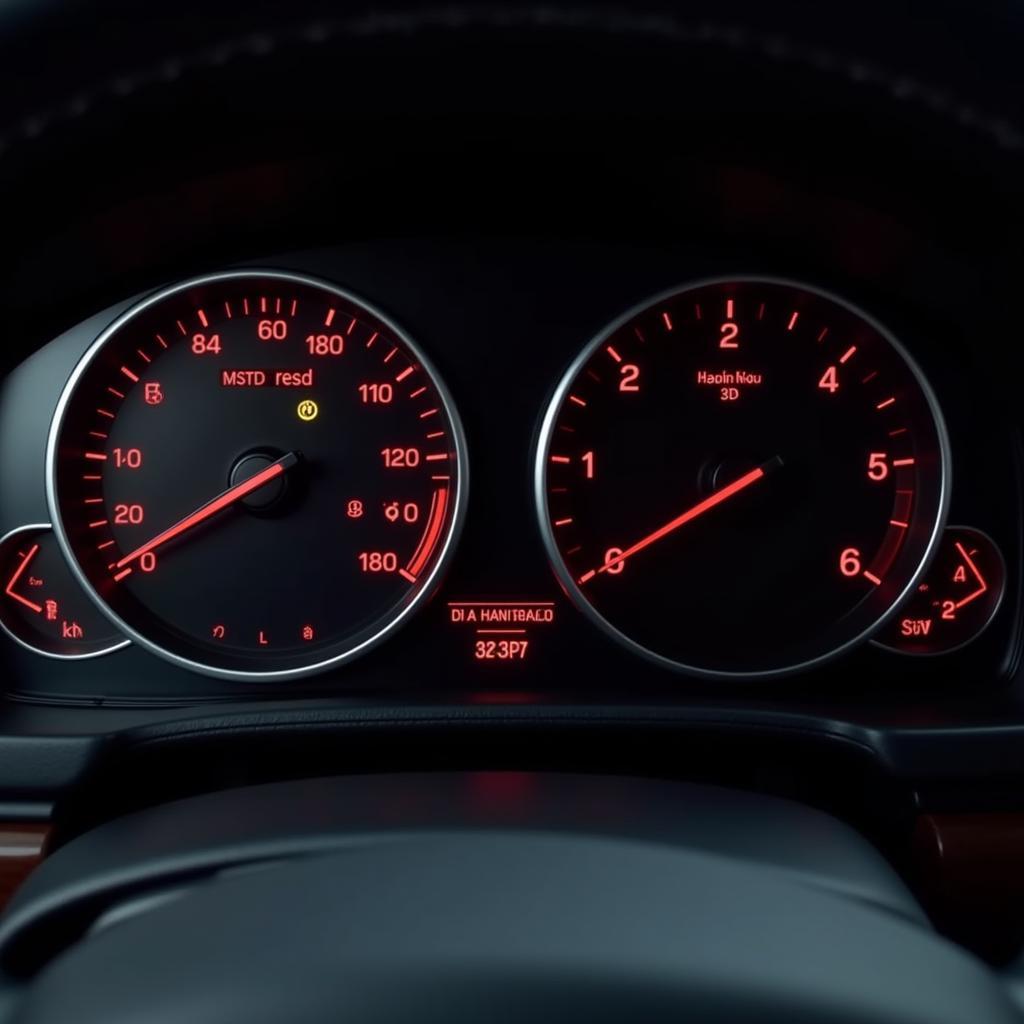A dead car battery can be a major inconvenience, leaving you stranded and unsure of what to do. Whether it happened suddenly or you’ve been experiencing warning signs, understanding the causes and knowing how to address the issue is crucial. This comprehensive guide will walk you through the common reasons behind a dead car battery, how to diagnose the problem, and the steps you can take to get back on the road.
Common Causes of a Dead Car Battery
Before we delve into solutions, let’s shed light on the usual suspects behind a dead battery:
-
Leaving Lights On: We’ve all been there – accidentally leaving your headlights, interior lights, or even trunk light on can drain your battery overnight.
-
Extreme Temperatures: Both extreme heat and cold can affect your battery’s performance. Heat can accelerate the internal discharge, while cold weather thickens the battery fluid, making it harder to produce power.
-
Old Age: Car batteries have a lifespan, typically around 3-5 years. Over time, their ability to hold a charge diminishes, ultimately leading to failure.
-
Parasitic Drain: This occurs when electrical components in your car continue to draw power even when the engine is off. Faulty wiring, aftermarket installations, or even a clock or radio can contribute to parasitic drain.
-
Corrosion: Corrosion on your battery terminals acts as an insulator, preventing the proper flow of current between the battery and your car’s electrical system.
-
Short Trips: Frequent short trips, especially in cold weather, prevent your battery from fully recharging. This can lead to a gradual decline in its charge over time.
Diagnosing a Dead Car Battery
Determining whether you’re dealing with a dead battery or another issue is the first step to resolution. Here’s how to diagnose the problem:
-
Jump-Starting: If your car starts with a jump but dies again soon after, it’s a strong indication of a failing battery that’s unable to hold a charge.
-
Battery Testing: A simple voltage test using a multimeter can determine the health of your battery. A fully charged battery should read around 12.6 volts.
-
Visual Inspection: Check your battery terminals for any signs of corrosion. White, blue, or green powdery buildup indicates corrosion.
How to Fix a Dead Car Battery
Once you’ve confirmed the culprit is indeed a dead battery, you have several options:
-
Jump-Starting Your Car: Jump-starting provides a temporary boost to start your car. Remember, this is not a permanent solution.
-
Replacing the Battery: If your battery is old or damaged, replacement is the most reliable solution.
-
Charging the Battery: If your battery is relatively new and the discharge was due to a temporary issue (like leaving the lights on), you might be able to recharge it using a battery charger.
Preventing Future Battery Problems
Prevention is always better than cure. Follow these tips to avoid finding yourself with a dead battery:
-
Regular Maintenance: Regularly inspect your battery for signs of corrosion and clean the terminals with a baking soda solution and a wire brush.
-
Minimize Short Trips: If possible, combine errands or take longer routes to allow your battery sufficient time to recharge.
-
Turn Off All Lights: Double-check that all lights are off before leaving your car.
-
Address Parasitic Drain: If you suspect parasitic drain, consult a qualified mechanic to identify and address the source of the problem.
Remote Diagnostics and Software Solutions
In today’s technologically advanced world, remote diagnostics and software solutions play a vital role in automotive repair, including addressing battery-related issues.
Remote diagnostics can identify potential battery problems before they escalate. They can detect abnormal battery drain, analyze charging system performance, and even provide insights into battery life expectancy. This allows for proactive maintenance and can prevent unexpected breakdowns.
Furthermore, software updates for your vehicle’s electronic control unit (ECU) can optimize battery management systems, improving charging efficiency and overall battery performance.
If you’re experiencing persistent battery problems, seeking professional help from a qualified mechanic specializing in automotive electrical systems and remote diagnostics is highly recommended. They can perform thorough checks, diagnose complex issues, and provide the most effective solutions to get you back on the road safely.
Conclusion
A dead battery doesn’t have to be a cause for panic. By understanding the common causes, knowing how to diagnose the problem, and taking preventative measures, you can avoid finding yourself stranded. And remember, professional remote diagnostics and software solutions can offer valuable insights and support in maintaining a healthy car battery.

